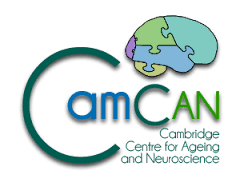/people/emily-holmes/
Sorry, this page doesn't seem to exist. The page may have been moved, or the person you are trying to find may no longer work at the CBSU. Please use the menus or the search box to find what you are looking for.
 MRC Cognition and Brain Sciences Unit
MRC Cognition and Brain Sciences Unit
Using cognitive theory and innovations in neuroscience to understand and improve mental wellbeing across the lifespan
People
Quick links
Useful information
Contact details
Address: 15 Chaucer Road,Cambridge,
CB2 7EF
Email: info@mrc-cbu.cam.ac.uk
Tel: (+44) (0)1223 766166

© 2024 University of Cambridge


